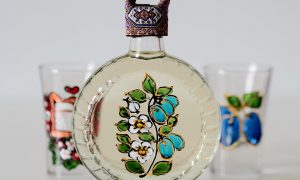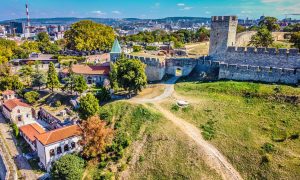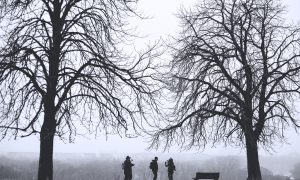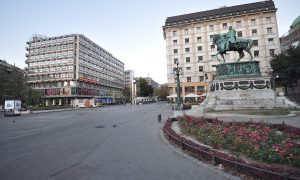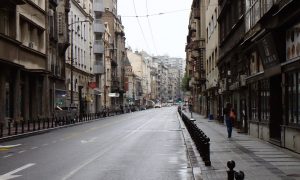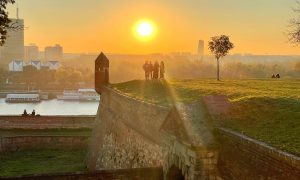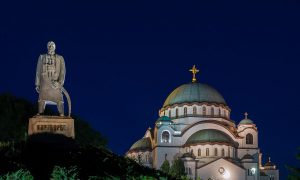When it comes to nightlife, Belgrade is considered one of the best cities in Europe for decades. The capital of Serbia offers my clubs, bars, restaurants and events to citizens and tourists. Belgrade used to be the center of Yugoslavia, where many people from the countries that were part of this country came to have fun in today’s capital.
The years of YU rock in the 70’s, quality rock and roll, as well as disco parties in the nineties, filled the night life of Belgrade with the best music and entertainment. Just like today, in the past, young people could hardly wait for the weekend to come to celebrate it in the craziest city when it comes to nightlife.
Nightclubs are a very important epicenter of pop culture, both because of the variety of music and because of the attractive club interiors. The company has always accepted modern hits, but also returned to the old ones. Belgrade has always been innovative, and clubs are constantly playing music for everyone’s taste. In the following, we will describe what nightlife used to look like and what it looks like now, and single out some of the most popular clubs.
Popular music of the 70’s – the golden age of the club scene
Yugoslav rock in the 1970s illuminated the Serbian music scene by making original music for the Serbian-speaking area. Along with rock elements of foreign music, popular bands have inserted local songs and become the most listened to in many Belgrade discos.
In the seventies, Belgrade could boast of great discos, although that was the beginning of the heat of nightlife. Popular discos gathered young people of all ages, and parties lasted until the morning. Foreign and domestic music of the 70’s won the clubs, which began to open en masse.
The Cepelin disco, which was a refreshment and a shift in the nightlife, resembled the famous London disco Lavalbon with its interior. Due to the most modern design at the time and the excellent choice of music, the opening of Cepelin attracted a lot of attention from celebrities, especially from political circles.

This disco had three dance floors, modern sound system, twenty types of mirrors, about a thousand light bulbs of various colors, plush armchairs and much more that exuded luxury. People with a deep pocket gathered at this place, and judging by the huge popularity, the best party in Belgrade in the next few years was organized by Cepelin.
A night out in Belgrade in the 80’s that is still remembered
The nightlife of the 80’s is starting to look more and more like the world club scene, while clubs known for the fun that are still remembered are opening en masse. Belgrade embellished every outing with familiar sounds of foreign and domestic music, as well as smiling and cheerful youth.
Foreign rock and roll, which is considered to be the best in the history of this genre, could also be heard in Serbian discos in the 80’s. The most numerous guests of the clubs were mostly students, as they are today, so places that are not very expensive were opening more and more. Even today, there are parties with this type of music, which is enjoyed until the morning, as well as in the years when it appeared.
The cult rock place, with a dark interior, was located not far from Kalemegdan. The Akademija did not enchant with its interior, because the lights in it were extremely dim. The elite could not be seen here as in the discos of that time, which were richly decorated.
For young rebels, especially teenagers, going to the Akademija was an important stage in their maturation. On the podium of the disco, which was among the most famous for many years, Partybreakers, Ekaterina the Great, Electric Orgasm, Tony Montano, Psychomodopop and other famous bands of that time were played.
Electronic and turbo-folk music won the clubs of the 90’s
In the middle of the nineties of the last century, various genres were played in clubs, but electronic music was extremely popular. Then raves, techno parties start to be organized, young rappers get the opportunity to present their songs. Despite the turbulent times of political conflicts, young people were able to have fun and indulge in a good electronic sound.
In addition to electronic music, Serbian turbo-folk is breaking into the music market. The craziest clothing combinations could be seen in the night life of Belgrade, and everyone had the freedom to be completely their own. The young people were divided into those who listen to folk and those who attend techno parties, but they were all energetic and positive whoever the parties opted for.

Back in 1994, in the most turbulent times in the recent history of Belgrade, the Industrija club opened. It was located in the basement of the former Plato bookstore, on Studentski trg, and it popularized techno music.
The Industrija organized its parties almost every day, where the most famous DJs could be heard, who came to Belgrade from various parts of the world. For each party, there was promotional material in the form of flyers that were printed in the Industrija. The songs were played on vinyl records, which they procured from abroad.
2000s parties that brought together young people from the former Yugoslavia
During the first years of the 21st century, Belgrade was already known for having a good time throughout the former Yugoslavia. The music of popular Serbian folk singers, who were able to seriously warm up concerts, discos and cafes with their live performance, was gladly listened to in this area.
What was interesting for the youth who came out at this time, was that they listened to everything: rock, pop, folk, techno, disco, jazz. In many places, the procession was based on a mixture of different genres, which was previously unthinkable. It started with one, to end with the other. In the early 2000s, jazz clubs began to open, as well as cafes that became more popular than discos.
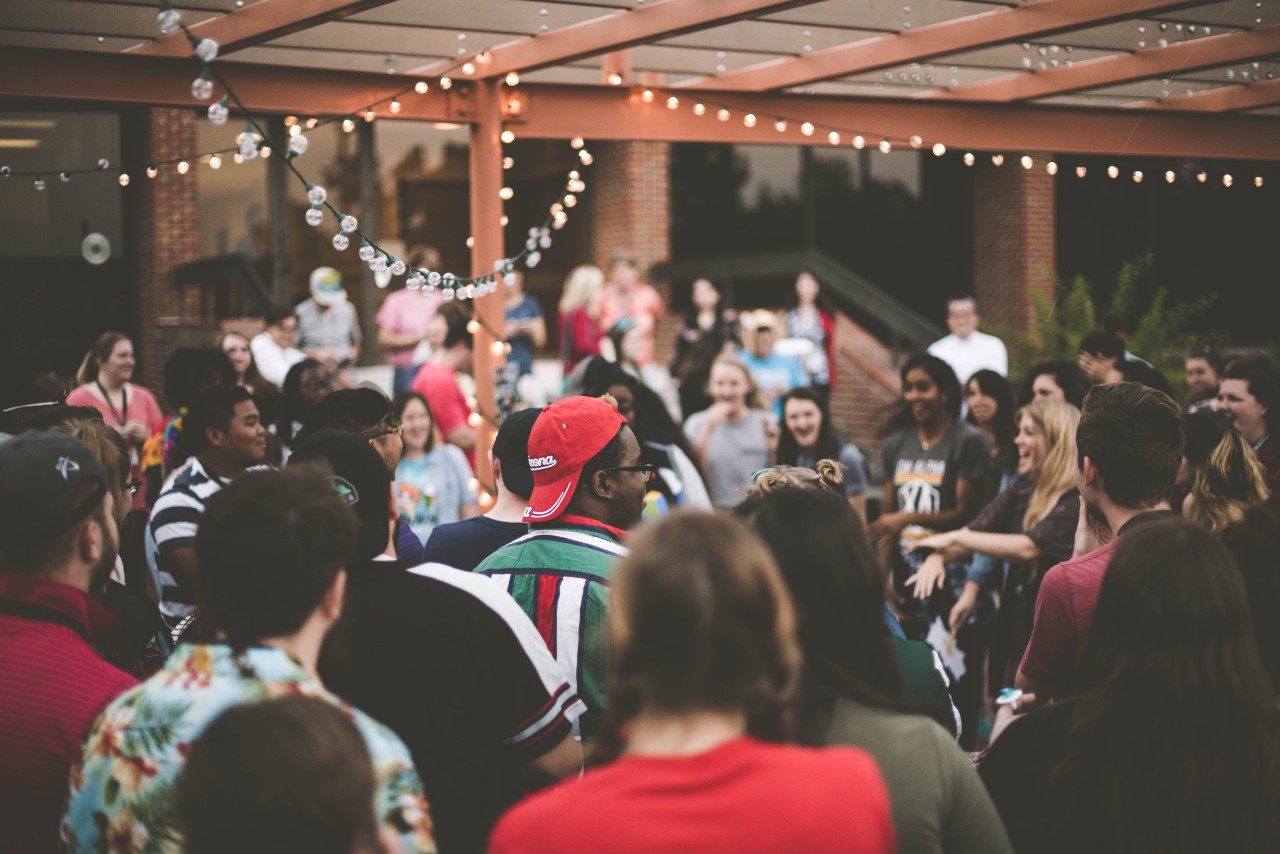
The nightlife in Belgrade was slowly beginning to settle in cafes and concerts, more than in discos. A live concert of both famous and amateur singers was organized in the cafes, who had the opportunity to make their first musical steps.
This was also the golden age of the Serbian folk scene. Both young and old liked to attend concerts and watch competitive shows. On the other hand, cafes from the old days were most often listened to in cafes, and in that way Belgrade had a wide range of choices on offer.
The nightlife in Belgrade has not changed much compared to the old seventies. Positive and cheerful young people, eager for a good time, are still happy to go out and stay until the morning. Belgrade, known throughout Europe for its crazy pastimes, does not sleep every weekend, celebrating youth and good fun. The best places to go out in Belgrade today, as before, delight with their playlists and good atmosphere.





